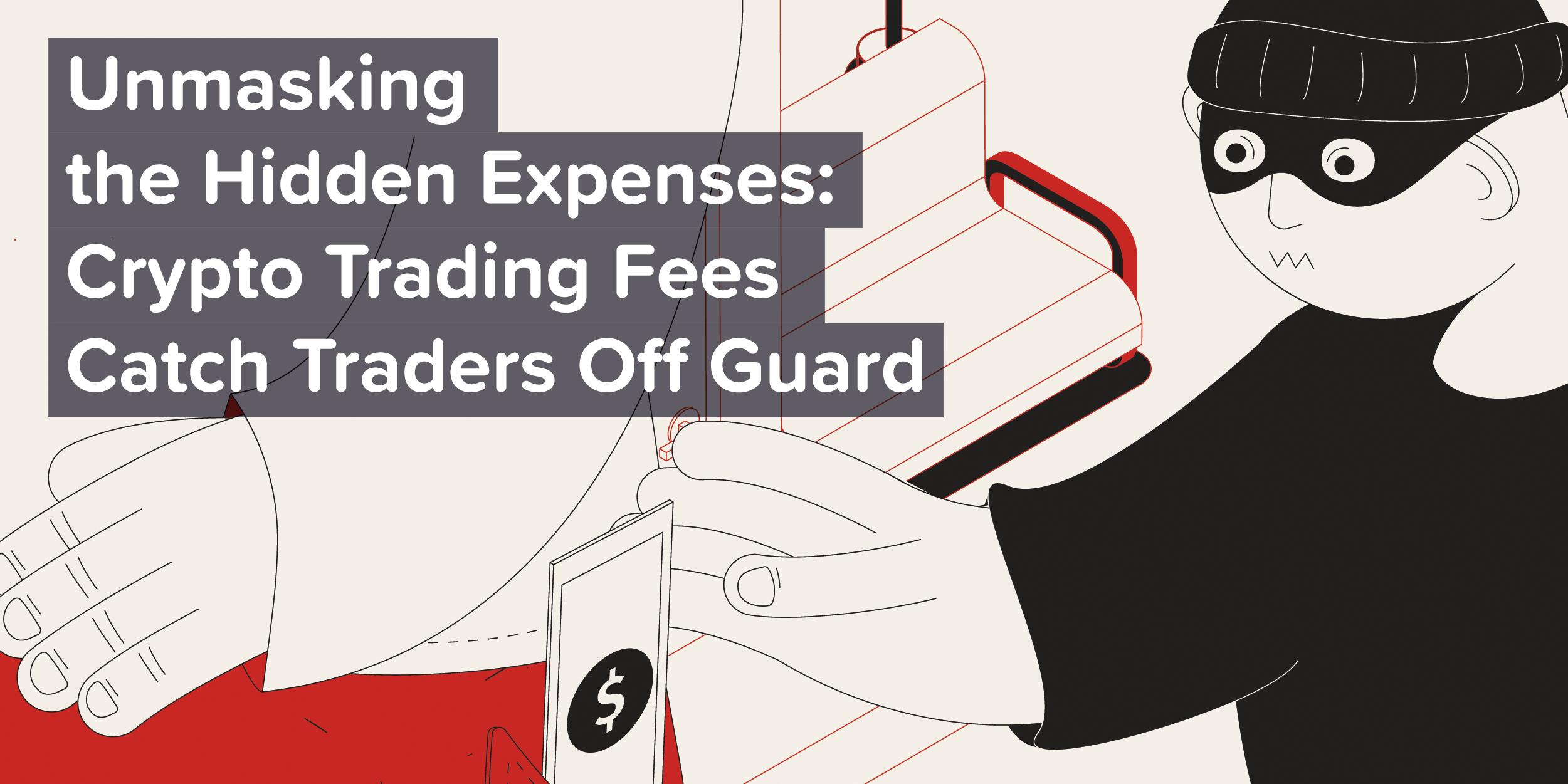Unmasking the Hidden Expenses: Crypto Trading Fees Catch Traders Off Guard

- Date
- 29/06/2023
- Written by
- Lykke
- Share
- Leave your opinion (0 reviews)
Trading fees cost far more than traders think
Trading fees charged on transactions may seem small at first glance. What is 0.3 percent when your expected return is 10 percent, if not 15 percent or more? Peanuts. But these fees add up quickly and cost far more than you realize, eating up a big chunk of your returns. That’s why Lykke offers a zero-fee crypto exchange and has developed a trading fee calculator to estimate actual costs.
The goal of any investor is to generate positive returns on their investments. Whenever you make a large investment, such as a house or car purchase, the transaction fee you end up paying seems negligible compared to the amount paid.
“There is a common misperception about larger investments versus small (transaction) fees. Anyone who has become rich has been mindful of his pennies. This is especially true in finance,” says the founder of Lykke Richard Olsen.
In crypto trading, the trading fees applied quickly add up. The world’s largest crypto exchanges – Binance and Coinbase – both charge fees ranging between 0.1-1 percent for cryptocurrency transactions, contrary to Lykke’s zero-fee crypto exchange.
Speculative crypto trading quickly pushes up costs
When you make a one-year investment, with an expected return of 10 percent, a trading fee of 0.5 percent seems reasonable.
“This perception is misleading, as the return is uncertain, while the trading fee is 100 percent certain. You’ll end up paying it regardless of whether you generate a positive or negative return,” Olsen underlines.
Also, when investors start trading on week-to-week, day-to-day, or even hourly price movements to tap into short-term trading opportunities, then trading fees spike.
“When you trade shorter time horizons, you spot more trading opportunities. But the fees charged do not become diminished. They instead add up and go through the roof,” says Olsen, who gives the following example:
Trader Y wants to earn 10 percent, but by trading more actively on short-term opportunities, a 20 percent return is reachable. (S)he can earn 1 percent at 20 different trades. If the fee is 0.5 percent, the trading fees add up to 10 percent. The return has indeed doubled, but the fixed fees have gone up by a factor of 20.
“Additional trading fees make active risk management much more difficult and costly. Again, it's important to have low and possibly no fees,” Olsen adds.
Summing it up
“The ticket fee (per trade) is certain, while the hoped returns always are uncertain. They can in the best of worlds beat expectations, but traders need to remain realistic. Returns can be lower than expected or negative. This is why trading fees need to be taken into consideration and why I want to invite you to trade on Lykke’s no-fee crypto exchange. There are no hidden costs at Lykke,” concludes Olsen.
Find out more about crypto trading at Lykke, an exchange with the lowest crypto trading fees here.
Try out Lykke’s trading fee calculator here. You’ll be surprised how much money you can save.